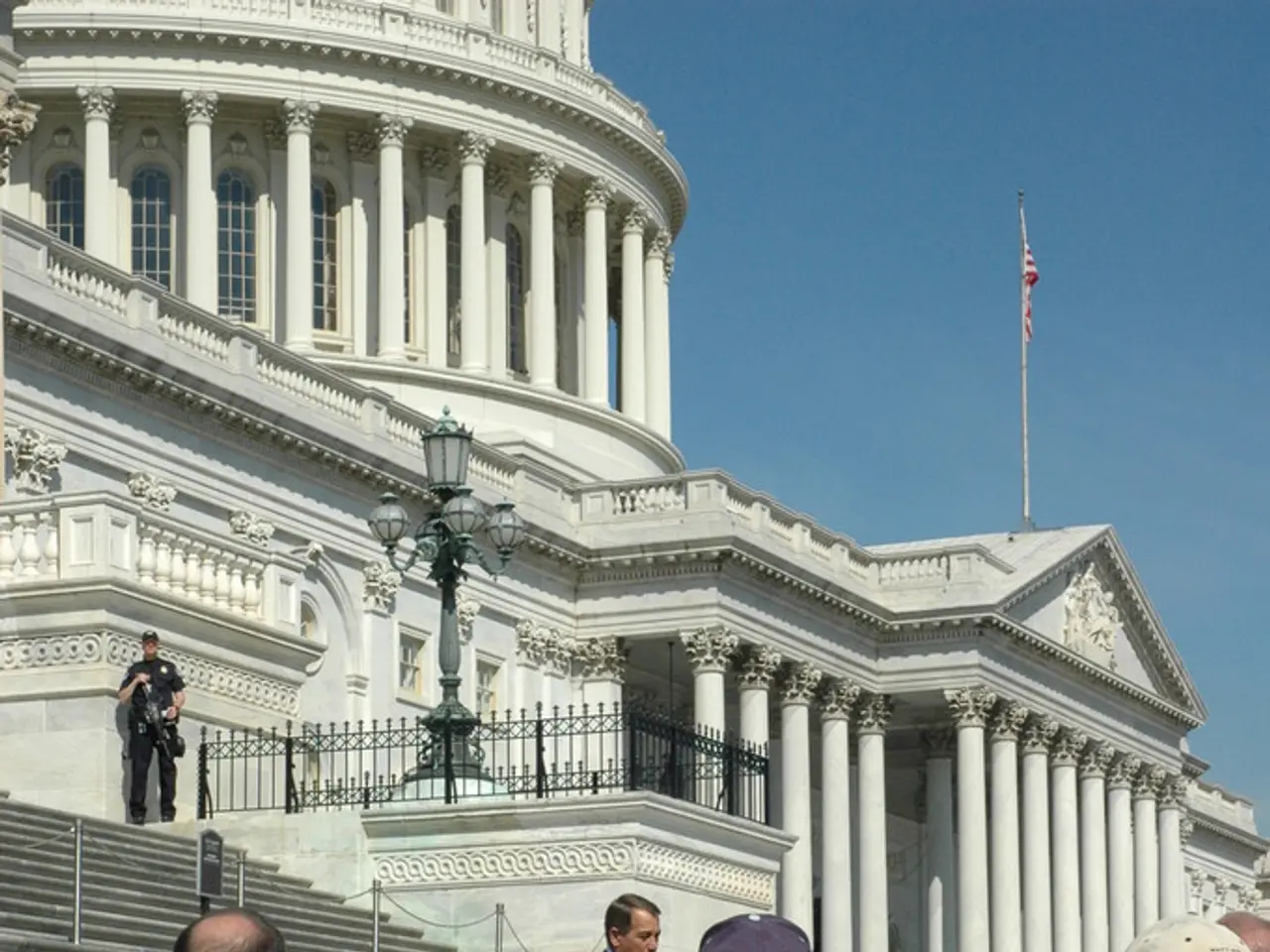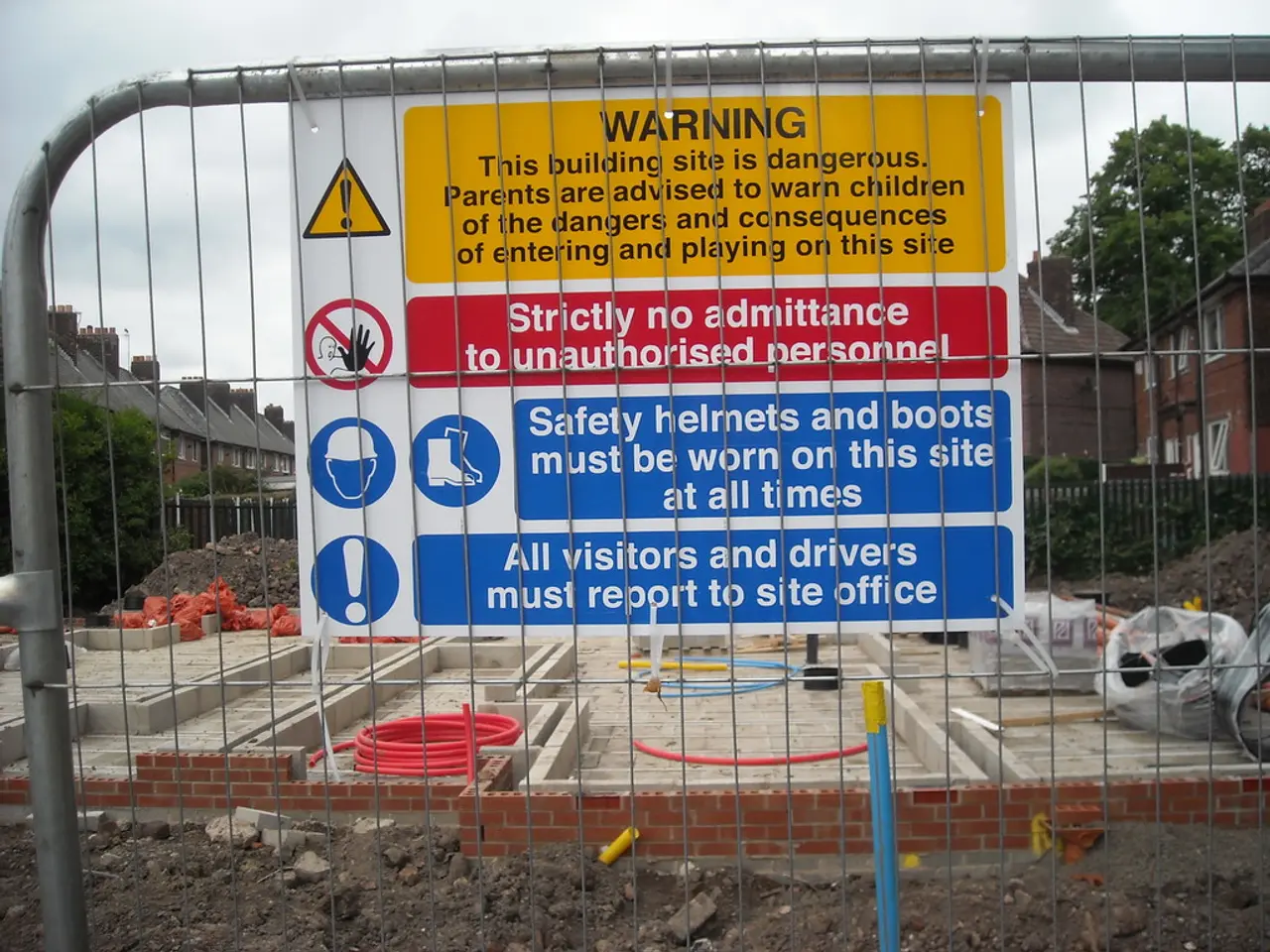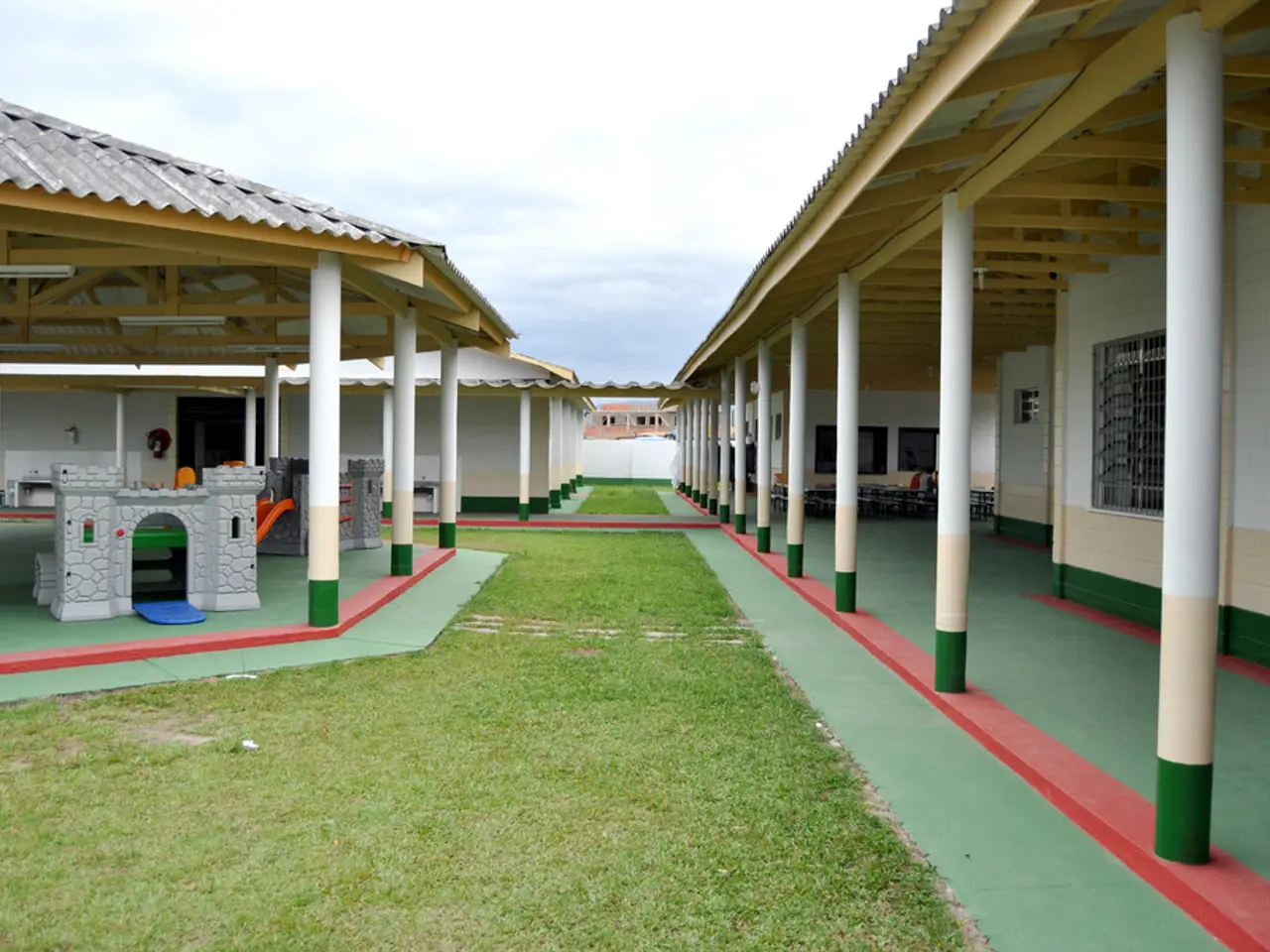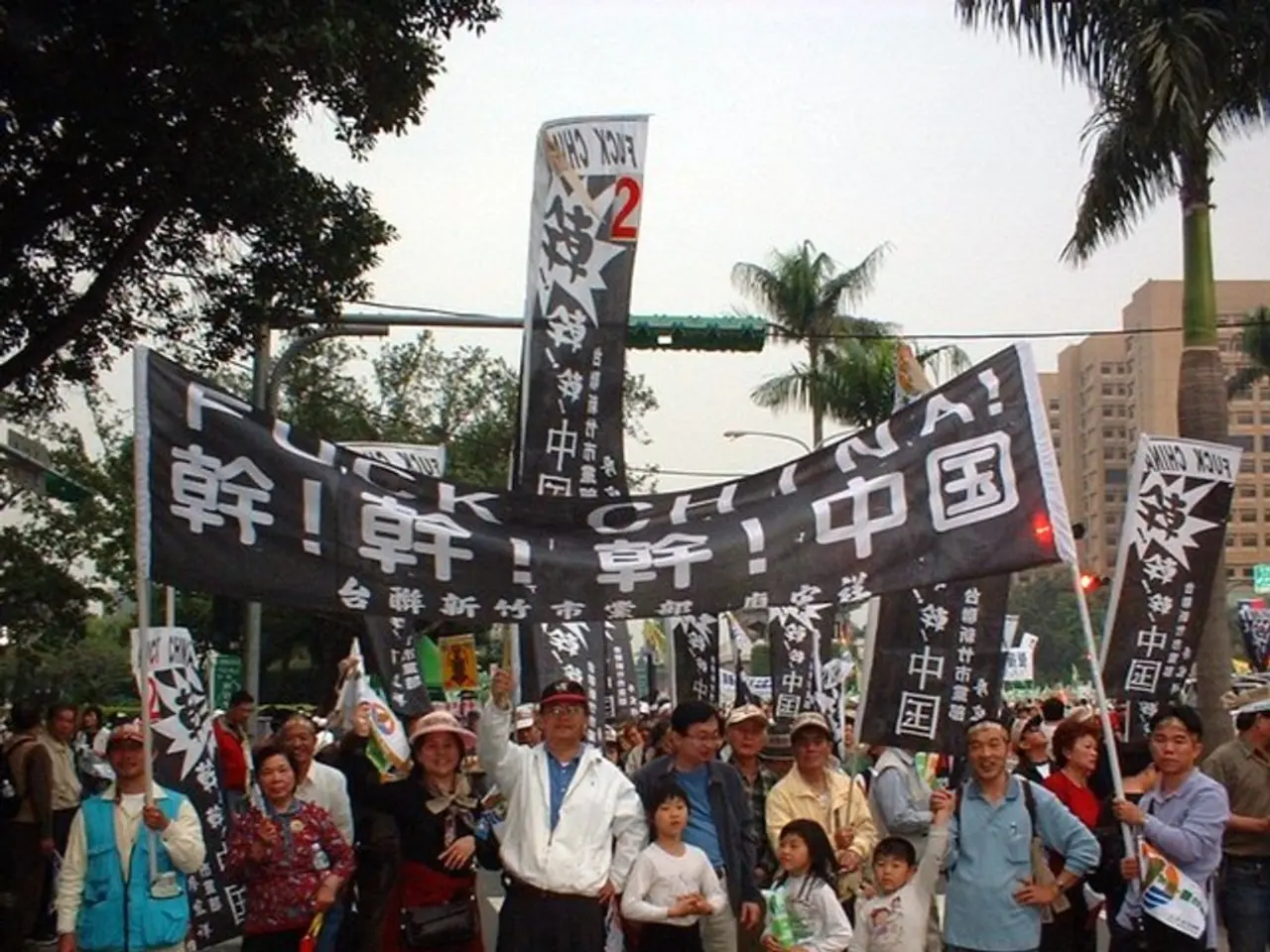Terrorist Watch List Classification: Individuals Under Scrutiny for Terrorist Activities
The CUI//LSCRN banner marking is a specific type of marking used to identify Controlled Unclassified Information (CUI) that is subject to particular safeguarding and handling requirements under HSPD-6 (Homeland Security Presidential Directive 6) and related policies.
Meaning of CUI//LSCRN
- CUI stands for Controlled Unclassified Information, which refers to information that requires safeguarding or dissemination controls by law, regulation, or government-wide policy but is not classified at the Confidential, Secret, or Top Secret levels.
- LSCRN stands for Law Enforcement Sensitive information, which is a category or subcategory of CUI relating to law enforcement operations, investigations, or techniques that require special controls to protect privacy, personal safety, or law enforcement effectiveness.
Thus, CUI//LSCRN indicates Controlled Unclassified Information that specifically involves law enforcement sensitivities.
Implications of CUI//LSCRN Marking
- Safeguarding:
- CUI//LSCRN must be handled with additional safeguards to protect law enforcement interests. This usually means restricting access only to authorized personnel who have a need to know.
- Physical and electronic controls must be implemented, such as secure storage, encryption for transmission, and limiting dissemination to appropriate channels.
- Dissemination Controls:
- Distribution is restricted to individuals or entities who have the proper clearance, authorization, or are bound by agreements to protect law enforcement sensitive information.
- Sharing with unauthorized persons or public release is prohibited, as it may jeopardize investigations or endanger individuals.
- Compliance with HSPD-6:
- HSPD-6 establishes a national policy framework for sharing terrorism-related information across federal, state, and local entities, along with the private sector, emphasizing security and privacy.
- Under HSPD-6, CUI//LSCRN is recognized as sensitive but unclassified information that requires protection to prevent misuse or unauthorized disclosure which could hinder homeland security or law enforcement efforts.
- Entities handling such information must have clear policies in place and ensure training so that personnel understand the restrictions and controls.
Summary
The CUI//LSCRN banner marking identifies Controlled Unclassified Information that is specifically law enforcement sensitive. It signals to handlers that the information must be protected and shared only according to strict legal and policy guidelines to safeguard privacy, security, and law enforcement operations in compliance with homeland security directives like HSPD-6. Failure to properly safeguard CUI//LSCRN could result in compromised investigations, legal violations, or threats to personnel safety.
- The potential threats or acts of a destructive nature associated with Banner Marking under HSPD 6 are not explicitly stated.
- LSCRN is a category marking used in Banner Marking.
- The use of Banner Marking involves the classification of sensitive information related to potential threats or acts of a destructive nature.
- The category of Banner Marking is related to information gathering and analysis concerning possible threats or acts of a destructive nature.
- The category marking for Banner Marking in HSPD 6 is not explicitly mentioned.
The marking of 'CUI//LSCRN' indicates that the Controlled Unclassified Information (CUI) involves law enforcement sensitivities, necessitating adherence to specific policies and legislation in the realm of politics.
Proper handling of CUI//LSCRN requires compliance with stringent safeguarding measures, such as limiting access to authorized personnel, implementing physical and electronic controls, and ensuring that dissemination adheres to legal and policy guidelines. This is crucial for protecting privacy, security, and law enforcement operations in accordance with directives like HSPD-6. Failure to follow these rules could have severe implications, including compromised investigations, legal violations, or threats to personnel safety.





